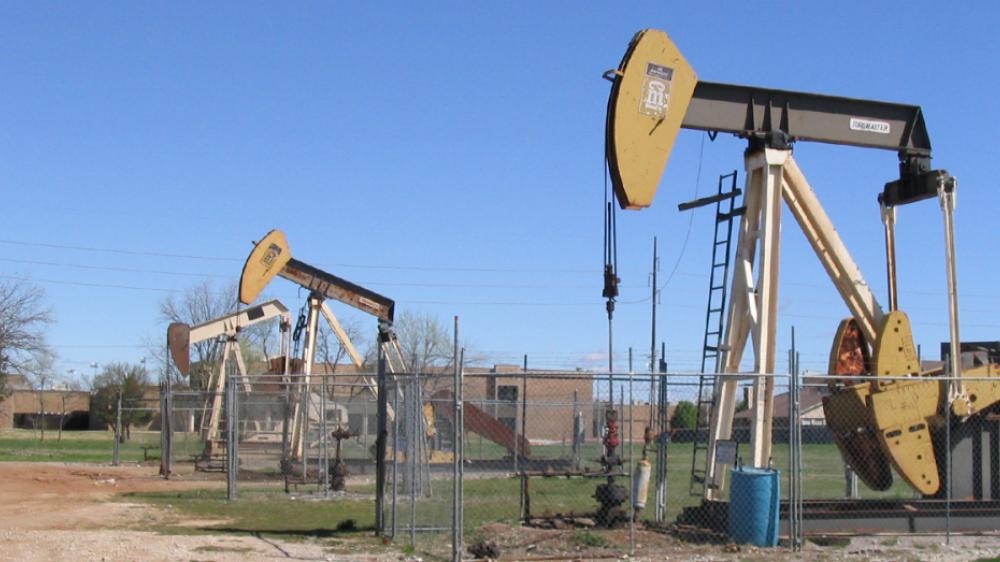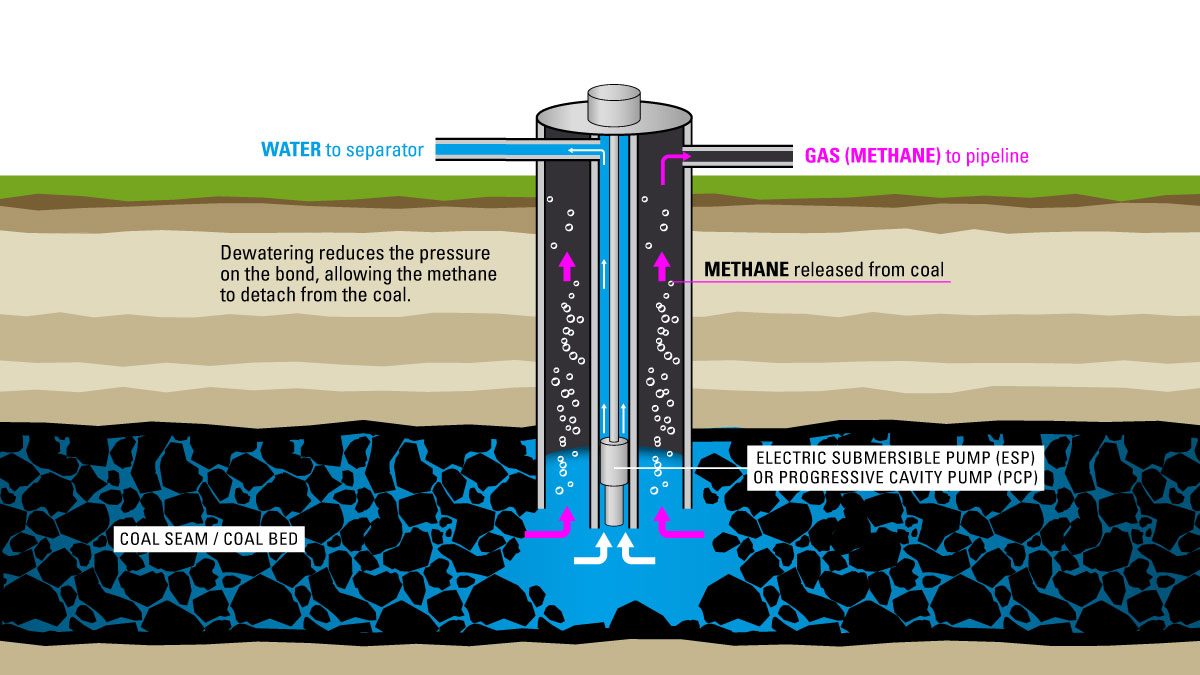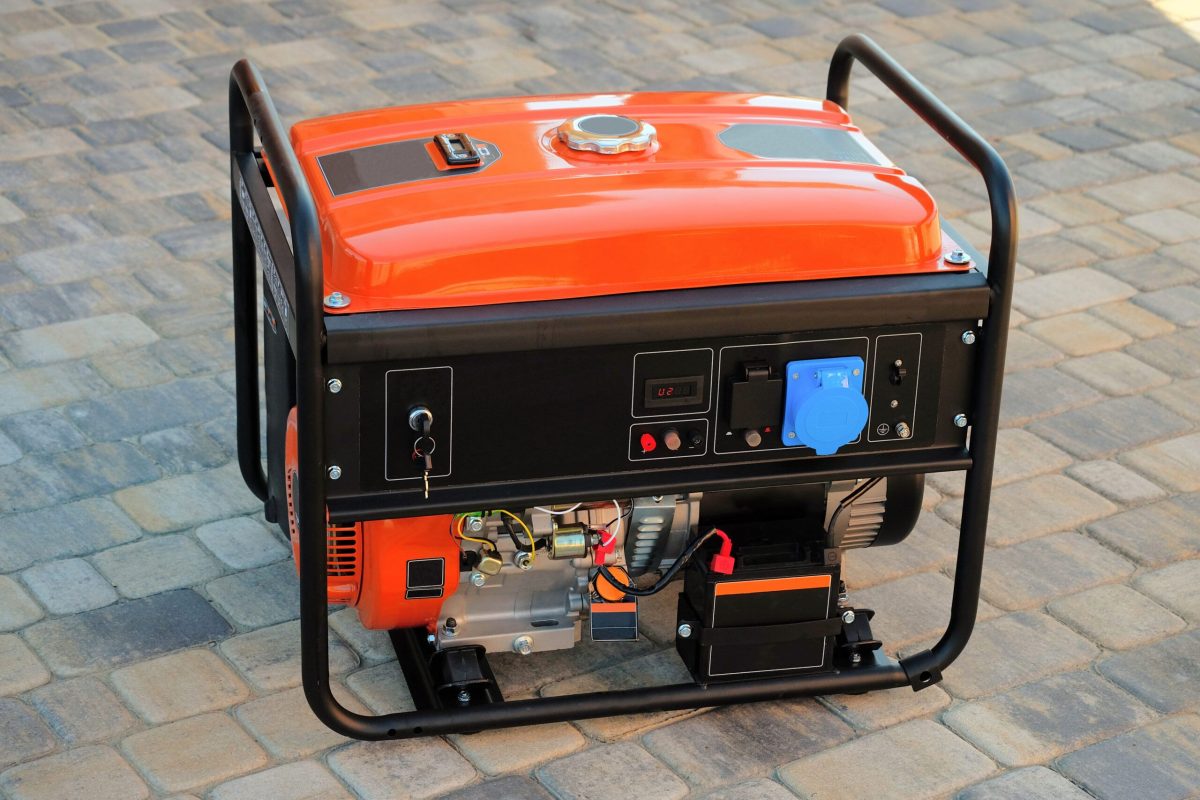Market Overview
The German GPU market is characterized by steady growth driven by the country’s robust aviation sector, technological advancements, and increasing environmental regulations. The demand for reliable and efficient ground power solutions is fueled by the high traffic at major airports such as Frankfurt, Munich, and Berlin, which serve as key hubs for both domestic and international flights.
Key Drivers
1. Technological Advancements: The integration of advanced technologies in GPU systems has significantly enhanced their efficiency and reliability. Innovations such as smart GPUs equipped with IoT (Internet of Things) capabilities allow for real-time monitoring and maintenance, reducing downtime and operational costs.
2. Environmental Regulations: Germany’s stringent environmental policies are pushing the aviation industry towards more sustainable practices. This has led to a growing preference for electric GPUs, which produce zero emissions, over traditional diesel-powered units. The push for greener airports is further supported by government incentives and subsidies for adopting environmentally friendly technologies.
3. Airport Expansion Projects: Ongoing and planned airport expansion projects across Germany are contributing to the increased demand for GPUs. These projects aim to enhance airport capacity and efficiency, necessitating the procurement of new and advanced ground power equipment.
4. Rising Air Traffic: The continuous growth in passenger and cargo air traffic in Germany boosts the need for efficient ground handling services, including reliable power supply to aircraft. This trend is expected to persist, further driving the GPU market.
Market Segmentation
The German GPU market can be segmented based on power type, application, and end-user.
1. By Power Type:
– Diesel GPUs: Despite the environmental concerns, diesel GPUs remain popular due to their high power output and reliability, particularly in large and busy airports.
– Electric GPUs: Growing in demand due to their environmental benefits and compliance with emission regulations. Electric GPUs are ideal for smaller airports and ground handling operations prioritizing sustainability.
– Gasoline GPUs: Used less frequently but still relevant in certain contexts where other power sources are impractical.
2. By Application:
– Commercial Aviation: Dominates the market as major airlines require efficient and reliable ground power solutions for their extensive operations.
– Military Aviation: Significant due to the presence of several military airbases in Germany that demand robust and versatile GPUs.
– General Aviation: Smaller segment but important for regional airports and private aircraft.
3. By End-User:
– Airports: Major consumers of GPUs, investing in advanced ground support equipment to ensure smooth operations.
– Airlines: Procure GPUs to maintain operational efficiency and reduce reliance on airport-provided services.
– Ground Handling Service Providers: Key players in ensuring the availability of ground power and other services to aircraft.
Competitive Landscape
The GPU market in Germany is highly competitive, with several key players striving for market share. Leading companies include TLD Group, JBT Corporation, and ITW GSE, all of which offer a wide range of GPU solutions tailored to different needs. These companies are investing in research and development to innovate and stay ahead in the market. Additionally, local manufacturers are also making significant strides, contributing to the market’s diversity and competitiveness.
Future Outlook
The future of the German GPU market looks promising, with continued growth expected over the next decade. The transition towards more sustainable and efficient ground power solutions will be a defining trend, driven by both regulatory requirements and market demand. Technological advancements will further enhance the capabilities of GPUs, making them more efficient and user-friendly.
Key Players
- Textron (the U.S.)
- TLD (France)
- Tronair (the U.S.)
- Velocity Airport Solutions (Sweden)
- MAK Controls & Systems Pvt. Limited (India)
- AERO Specialties Inc. (the U.S.)
- BertoliSrl (Italy)
- Dynell GmbH (Austria)
- ITW GSE (Denmark)
- JBT (the U.S.)
- Powervamp Ltd. (the U.K.)
- Start PAC (the U.S.)
- WeihaiGuangtai Airport Equipment Co. (China)
Segments:
By Type:
- Fixed
- Mobile
By Application:
- Civil Airports
- Military Airports
- Business Airports
- Others
By Region:
- North
- East
- West
- South
- Central
About Us:
Credence Research is committed to employee well-being and productivity. Following the COVID-19 pandemic, we have implemented a permanent work-from-home policy for all employees.
Contact:
Credence Research
Please contact us at +91 6232 49 3207
Email: sales@credenceresearch.com








